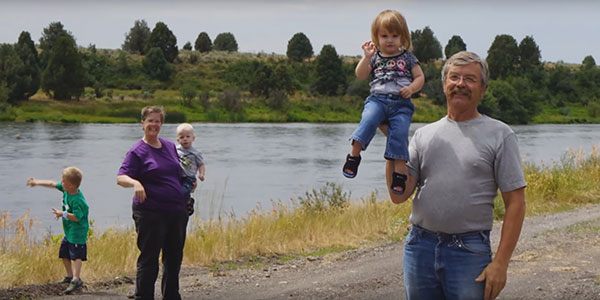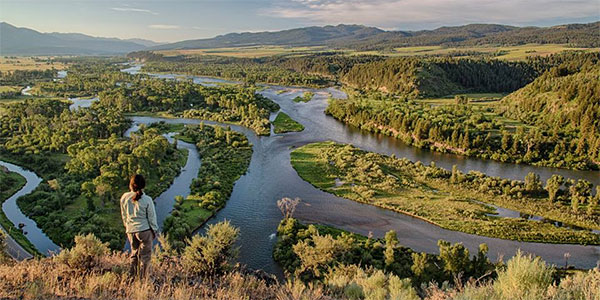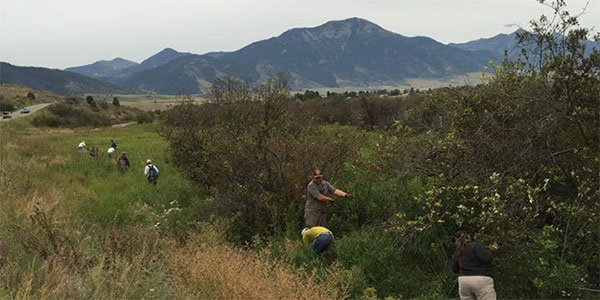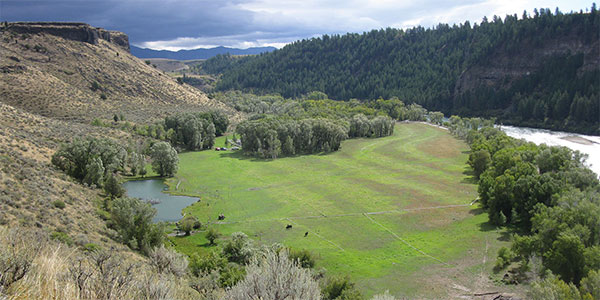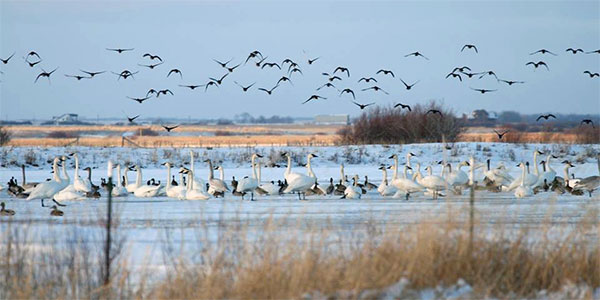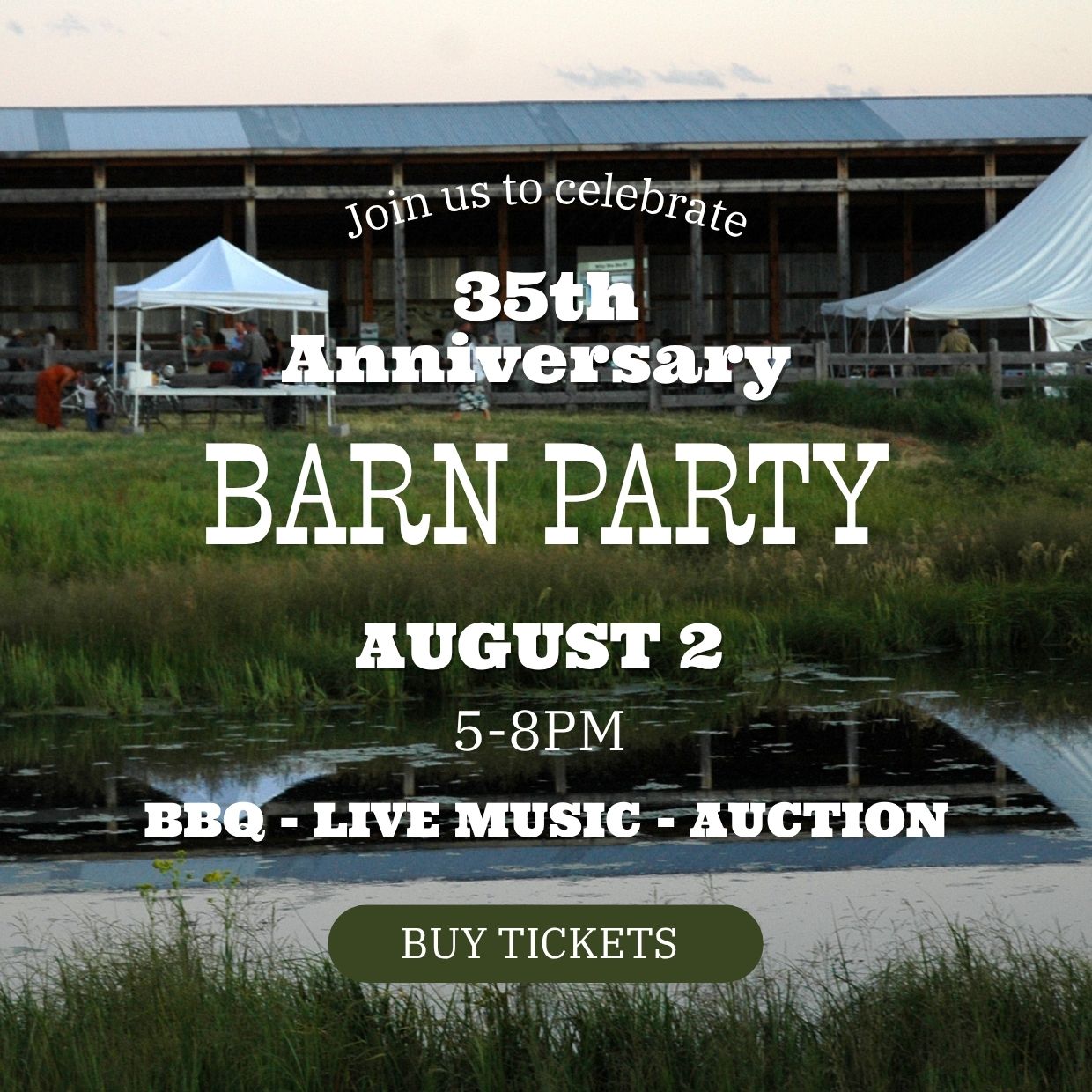A Story of Individualism, Native Tradition, and A Place for Wildlife
“My boss is the weather.” That’s how John Nedrow puts it as he reflects on decades of farming in Eastern Idaho. John and Shelia Nedrow are second-generation farmers who purchased their 840 acre farm along the Henry’s Fork from John’s parents. In the 1940s, his parents began buying land as it became available and as they could afford—land prices back then were $10 an acre. They worked hard to turn the land into a productive farm, and started a Hereford cow-calf operation that afforded their family a living.
Much of the area was settled by early homesteaders seeking a new way of life. Prior to this settlement, Native American tribes traveled throughout the region, fishing and hunting along the banks of the Henry’s fork. Over the years, John and Sheila have discovered Folsom points, arrow-heads, grinding stones, and mortar and pestles. The farm has a rich history emblematic of generations of hard work and love of the land.
Today, the Henry’s Fork River and the land around it is not only a prized fishery for anglers, but provides critical fish spawning and wildlife habitat for the moose, elk, deer and other animals that wander along its banks. Cottonwood galleries line the river and provide habitat for songbirds and raptors that watch the river waiting for fish. John and Shelia carry the same spirit of cultural heritage and rugged individualism as the homesteaders that came before them. John says of his experience over the past 25 years, “Farming is never easy, but it’s worth it. It would take a man down to see something like this destroyed. The river and the land are part of our family.”
Growing up, John simply could not imagine a life behind a desk. He believes farming provides a sense of independence and self-reliance. It’s what he knows and loves. As John explains, “Conserving this land made a whole lot of sense to me and my family. The conservation payment our family received when we signed the conservation easement helped out tremendously when malt barley contracts, yields, and production were unstable for several years. And, by working with the Land Trust, we know that no matter what, this land will never be developed.”
